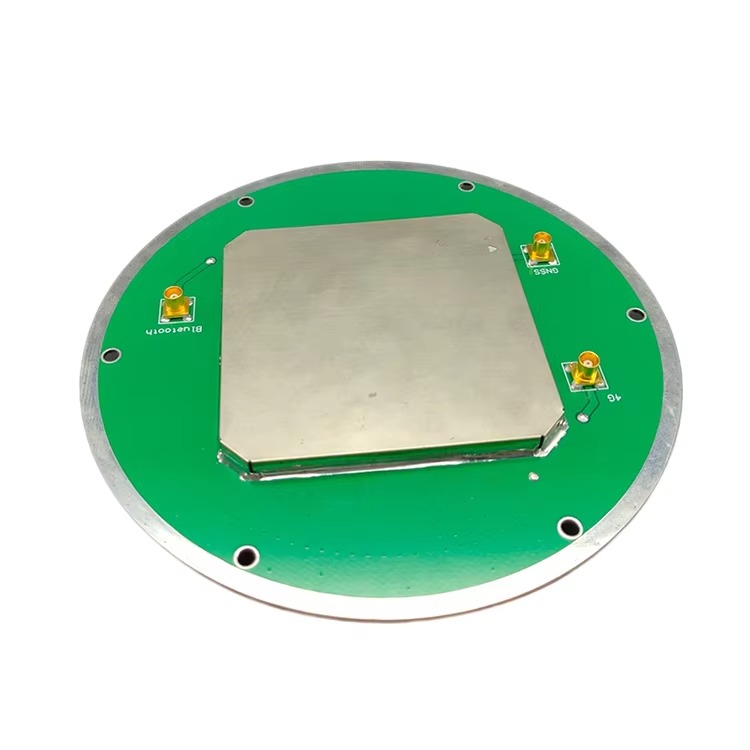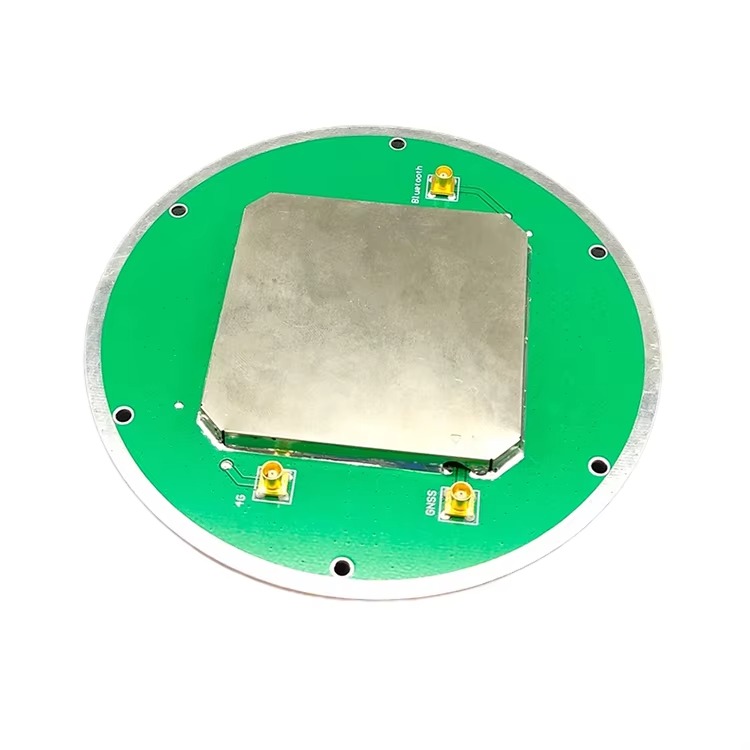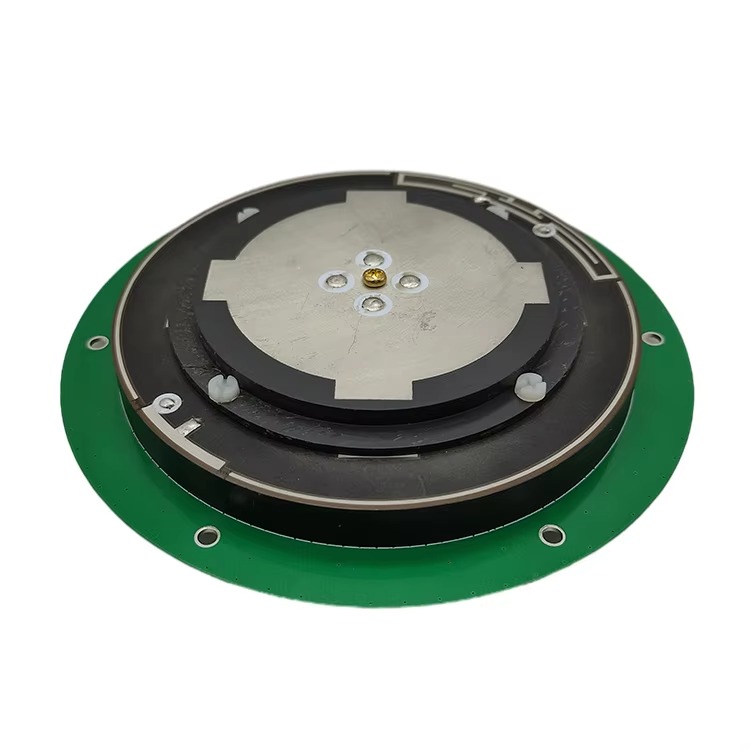Applications:
The applications for Multi-Band RTK antennas are vast and growing, underpinning numerous industries that rely on precise geospatial data:
Traditional Surveying and Mapping: The classic application for cadastral surveys, topographic mapping, construction staking, and GIS data collection.
Precision Agriculture: Guiding autonomous tractors for planting, spraying, and harvesting with centimeter accuracy to optimize input use (seed, fertilizer, water) and maximize yield.
Construction and Machine Control: Providing the precise position for bulldozers, graders, excavators, and pavers for grade checking, site preparation, and autonomous machine operation, reducing rework and saving time.
Unmanned Aerial Vehicles (UAVs): Enabling centimeter-accurate PPK (Post-Processed Kinematic) and RTK for drones used in aerial photogrammetry, LiDAR mapping, volumetric calculations, and infrastructure inspection.
Autonomous Vehicles and Robotics: Serving as a primary sensor for localization in self-driving cars, trucks, agricultural robots, and marine vessels, often fused with IMUs, LiDAR, and cameras.
Geosciences and Monitoring: Monitoring crustal deformation for earthquake and volcano studies, measuring the movement of glaciers and landslides, and monitoring the structural health of dams, bridges, and buildings.
Emerging Consumer Applications: Gradually trickling down into high-end consumer devices for applications like precise asset tracking, augmented reality (AR) gaming, and personal navigation aids for the visually impaired.
Future Trends:
Tighter Integration with IMUs and Sensors: The future lies in deeply integrated "GNSS/INS" modules where the antenna is combined with a high-grade inertial measurement unit (IMU) within a single housing. This provides a seamless navigation solution that maintains accuracy during GNSS outages (e.g., in tunnels, under bridges).
Advanced Anti-Jamming and Anti-Spoofing (AJA): Integrating adaptive antenna arrays capable of forming nulls in the direction of jammers or identifying and rejecting spoofed signals. This will be critical for safety-critical applications like autonomous driving and drone delivery.
Ultra-Compact, High-Performance Designs: Continued innovation in metamaterials (e.g., metasurfaces, AMCs) will lead to antennas that offer choke-ring-level performance in a form factor no larger than a standard patch antenna, revolutionizing applications on drones and wearables.
AI-Enhanced Performance: Using embedded processing and machine learning to dynamically characterize the antenna's environment in real-time, adapting its pattern or processing to further suppress multipath or interference specific to its immediate surroundings.
Seamless Multi-Sensor Fusion Hubs: The antenna will evolve into a central "smart antenna" hub that not only receives GNSS but also acts as a reference station for UWB, WiFi, and other local positioning technologies, fusing all data streams for robust indoor-outdoor positioning.
Standardization and Cost Reduction: As manufacturing techniques improve and volumes increase, the cost of multi-band technology will continue to fall, making high-precision positioning accessible to a much broader market.
Conclusion
The Multi-Band RTK Surveying Antenna is far more than a simple sensor; it is a highly sophisticated and precision-engineered system that forms the critical foundation of modern high-precision GNSS. It is the key enabling technology that allows us to move beyond meter-level accuracy into the realm of centimeters and millimeters in real-time. By mastering the challenges of multi-frequency reception, phase center stability, multipath mitigation, and low-noise amplification, this antenna transforms the raw, error-prone signals from space into a clean, reliable data stream.
Its importance cannot be overstated. Without the capabilities of a dedicated Multi-Band RTK antenna, the advanced algorithms within an RTK receiver would be starved of the high-quality data they need to function effectively. The antenna's role is fundamental and irreplaceable. While challenges of cost, size, and complexity persist, ongoing trends in miniaturization, sensor fusion, and anti-jamming technology promise to further enhance its capabilities and expand its reach.
From shaping our physical world through construction and agriculture to guiding autonomous systems and monitoring the health of our planet, the Multi-Band RTK antenna is an indispensable tool quietly powering the precision revolution. It stands as a testament to the fact that in the world of high technology, ultimate performance often depends on the perfection of the most fundamental components.




































































 Language
Language
 En
En Cn
Cn Korean
Korean

 Home >
Home > 







 18665803017 (Macro)
18665803017 (Macro)













